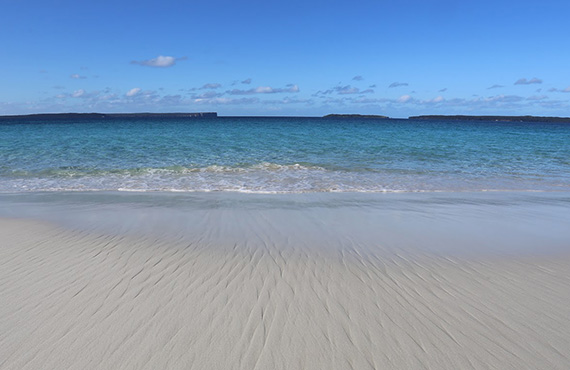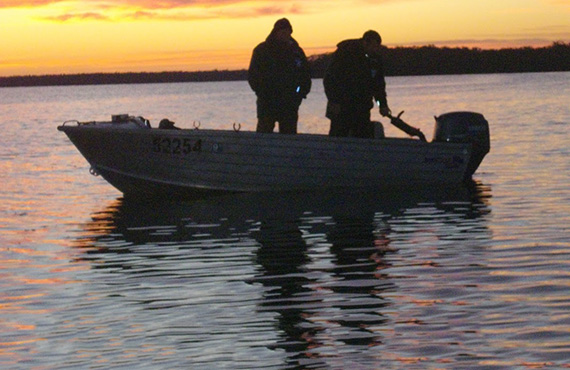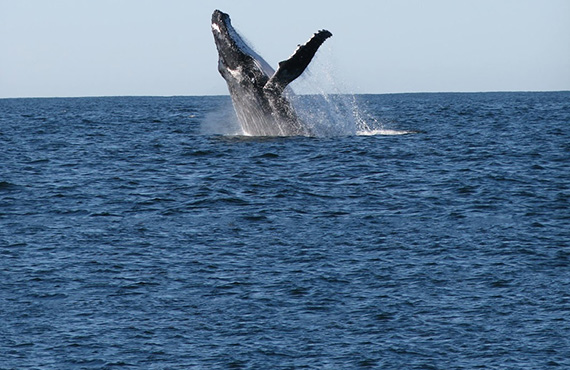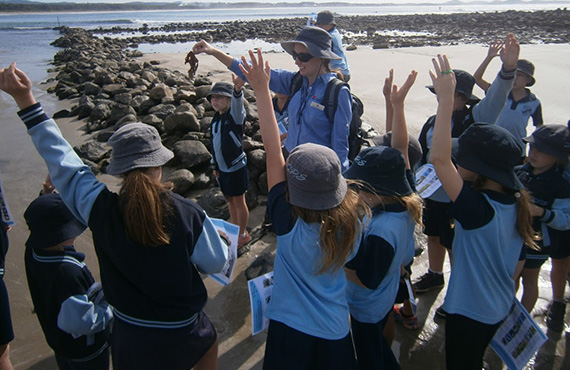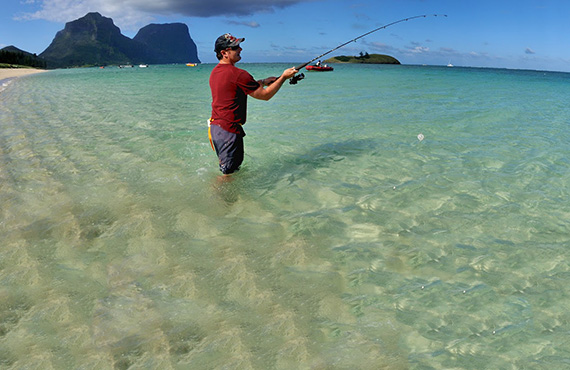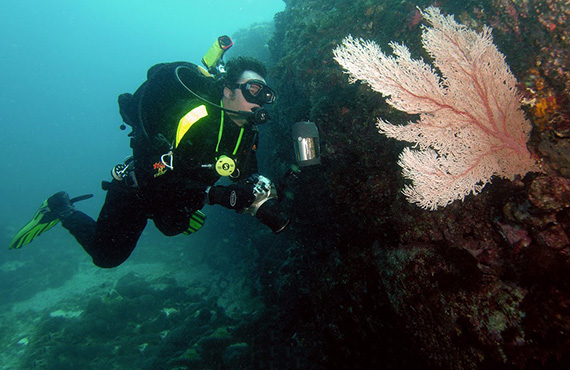
Solitary Islands Marine Park
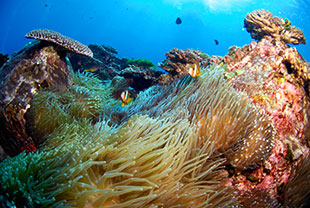
Solitary Islands Marine Park on the NSW North Coast extends north from Coffs Harbour to Sandon River along about 75 km of coastline.
It is approximately 710 km2 from the mean high water to three nautical miles offshore, including estuaries to their tidal limit.
The park was established in January 1998 (prior to that it was a marine reserve since 1991) and its zones and management rules commenced in August 2002. Changes to rules regarding fishing from some ocean beaches and headlands were introduced in June 2018.
Map of Solitary Islands Marine Park
The marine park Zoning Map (PDF, 1928.17 KB), User Guide (PDF, 3110.31 KB) and the FishSmart NSW app provide information about the current zoning arrangements and management rules in the park. A summary of rules relating to collecting on rocky shores can be found in the Rocky Shore Guide (PDF, 3429.09 KB).
Some of the content on this page may not be fully accessible. To obtain an accessible version of this content please email marine.environment@dpi.nsw.gov.au
Australian marine parks
The Solitary Islands Marine Park (Commonwealth Waters) adjoins the State marine park and extends further seaward to the 50 m depth contour.
The Australian Marine Park protects large complex subtidal reefs, including Pimpernel Rock, a unique underwater pinnacle with high conservation value.
For more information visit the Australian Government.
Why Solitary Islands Marine Park is unique
The marine park contains:
- diverse habitats - estuaries, sandy beaches, intertidal rocky shores, sub-tidal reefs and open oceans;
- the important Solitary Islands, from which the marine park takes its name.
More than 550 reef fish, 90 hard coral and 600 molluscs (shelled animals) species have been observed throughout the park.
- North Solitary Island has the park's highest reef fish diversity. Anemone Bay, at the Island's northern end, is particularly diverse and supports the densest coverage of anemone and anemone fish world wide.
- South Solitary is renowned for its large pelagic fish, turtles and is also rich in shelled animals, with many marine snails and slugs, especially on the western side. It is the northern most breeding site recorded for the giant cuttlefish.
- The park's northern estuaries are some of the state's most pristine, largely because the majority of adjacent land is located in Yuraygir National Park.
- The local Aboriginal communities within the Gumbaynggirr Nation (PDF, 559 KB) and Yaegl Nation have strong cultural links with the marine park and are actively involved in conservation planning.
Things to do and see
Solitary Islands Marine Park offers plenty of activities and exploring. Check out what to do and see:

